Calf raises are a simple and effective exercise that can help to tone and strengthen the muscles in the lower legs. At Boardgains, we love incorporating this fun and challenging exercise into our fitness board game. Here is a complete guide that covers everything you need to know about calf raises, including the benefits, the correct form, common mistakes, tips for best results, and much more.
What is the correct way to do Calf Raise ?
How To Calf Raise:
- Stand with your feet flat on the floor.
- Raise your heels as high as possible by pushing through the balls of your feet and toes while extending your ankles. Hold for a count of one.
- Return to the starting position by bending your ankles until you feel a stretch in your calves.
- Keep your movements slow and controlled, avoiding any swinging or bouncing.
- Repeat.
Rep Count: Each calf raise counts as 1 rep.
Benefits of Calf Raises
Calf raises are an excellent exercise to develop strong and defined calves. Not only do they target the gastrocnemius (the larger muscle on the back of the calf), but they also work the soleus (the smaller muscle on the front of the calf). Here are some of the benefits of calf raises:
- Increased calf muscle size and strength
- Improved ankle stability and balance
- Improved athletic performance in activities such as running and jumping
- Reduced risk of injury to the lower leg
Types of Calf Raises
There are several types of calf raises that you can perform to target different areas of the calf muscles. Here are the most common types of calf raises:
Standing Calf Raises
Standing calf raises are the most common type of calf raise. To perform a standing calf raise:
- Stand with your feet shoulder-width apart and your toes pointing forward.
- Rise up onto the balls of your feet, lifting your heels as high as you can.
- Pause for a moment, then lower your heels back down to the ground.
Seated Calf Raises
Seated calf raises are a great way to isolate the soleus muscle. To perform a seated calf raise:
- Sit on a bench or chair with your feet flat on the ground and your knees bent at a 90-degree angle.
- Place a weight across your thighs.
- Rise up onto the balls of your feet, lifting your heels as high as you can.
- Pause for a moment, then lower your heels back down to the ground.
Donkey Calf Raises
Donkey calf raises are a more advanced variation of the standing calf raise that require a partner or a machine. To perform a donkey calf raise:
- Stand on a raised platform or machine with your toes hanging off the edge.
- Have a partner or machine place a weight across your shoulders.
- Rise up onto the balls of your feet, lifting your heels as high as you can.
- Pause for a moment, then lower your heels back down to the ground.
Farmer's Walk Calf Raises
Farmer's walk calf raises are a great way to work the calves while also improving grip strength. To perform a farmer's walk calf raise:
- Hold a heavy weight in each hand, such as dumbbells or kettlebells.
- Walk forward, lifting your heels as high as you can with each step.
- Pause for a moment, then lower your heels back down to the ground.
How to Perform Calf Raises
To perform calf raises, follow these steps:
- Choose the type of calf raise you want to perform.
- Stand with your feet shoulder-width apart (or sit on a bench or chair for seated calf raises).
- Rise up onto the balls of your feet, lifting your heels as high as you can.
- Pause for a moment, then lower your heels back down to the ground.
When performing calf raises, make sure to keep your back straight, your core engaged, and your knees slightly bent. Also, make sure to use a full range of motion by lifting your heels as high as you can and lowering them all the way back down.
Incorporating Calf Raises Into Your Workout Routine
Calf raises can be incorporated into your workout routine in several ways. Here are some examples:
- Perform 3 sets of 15-20 reps of standing calf raises at the end of your leg workout.
- Perform 3 sets of 12-15 reps of seated calf raises at the end of your leg workout.
- Perform 3 sets of 10-12 reps of donkey calf raises as a standalone exercise.
- Perform farmer's walk calf raises as part of a full-body workout.
It's important to vary your calf raise routine to prevent plateauing and keep your muscles guessing. You can vary the types of calf raises you perform, the number of sets and reps, the weight used, and the tempo of the exercise.
Common Mistakes to Avoid
When performing calf raises, there are several common mistakes that you should avoid. These include:
- Bouncing at the bottom of the movement
- Not using a full range of motion
- Leaning forward or backward
- Raising your heels too quickly
- Using momentum to lift the weight
To get the most out of your calf raises, make sure to use proper form and control throughout the movement.
Conclusion
Calf raises are a simple but effective exercise that can help you build strong and defined calves. By incorporating different types of calf raises into your workout routine and varying your sets and reps, you can maximize your results. Just make sure to use proper form and control, and avoid common mistakes.
FAQs
How often should I do calf raises?
It depends on your fitness goals and workout routine. Generally, 2-3 times per week is sufficient for most people.
Can I do calf raises every day?
While it's possible to do calf raises every day, it's not recommended. Your muscles need time to recover and grow between workouts.
Do I need weights to do calf raises?
No, you can do calf raises with or without weights. Bodyweight calf raises can still be effective, especially for beginners.
Can calf raises help with ankle mobility?
Yes, calf raises can improve ankle stability and mobility.
Can calf raises help prevent shin splints?
Yes, calf raises can help strengthen the muscles in your lower leg, which can help prevent injuries such as shin splints.

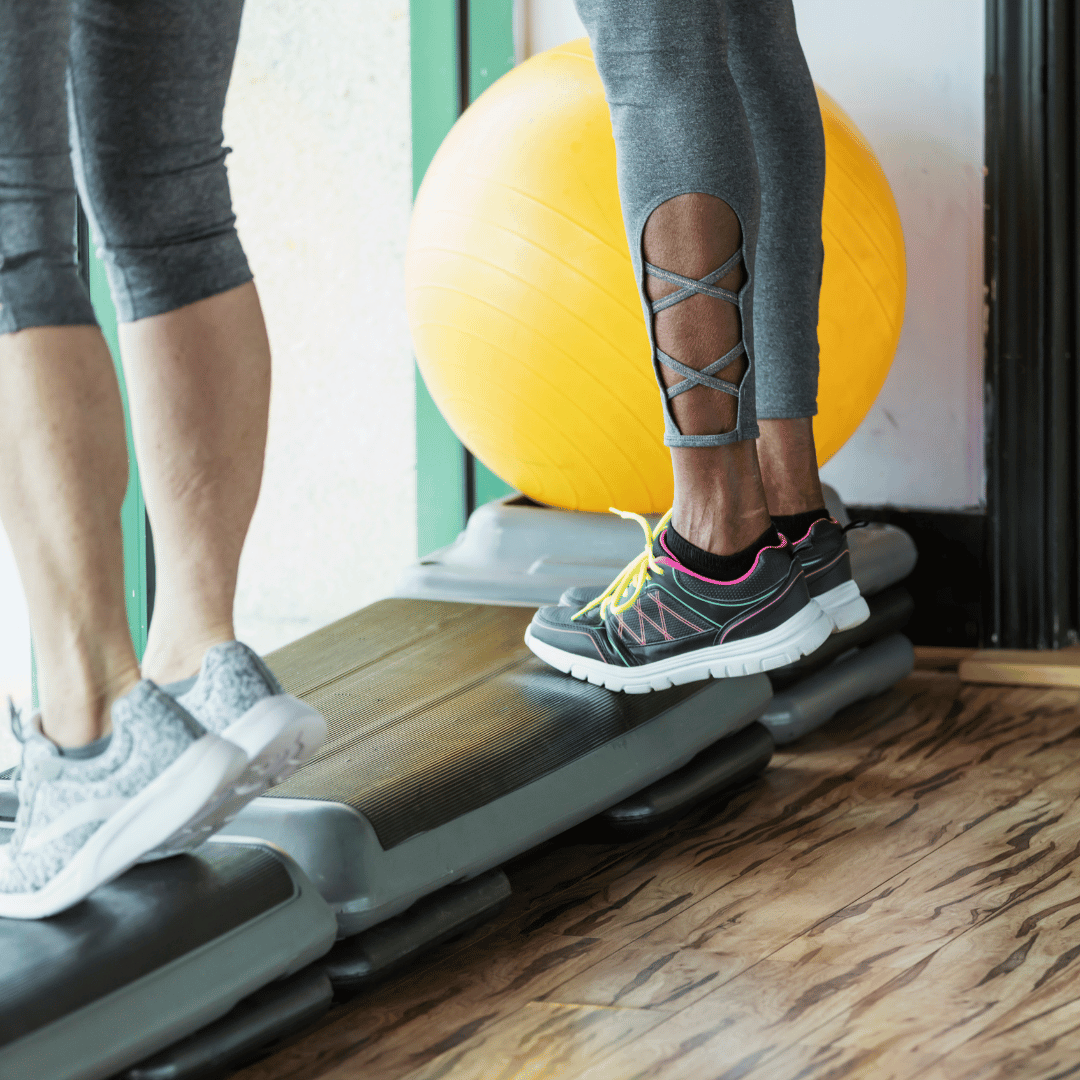

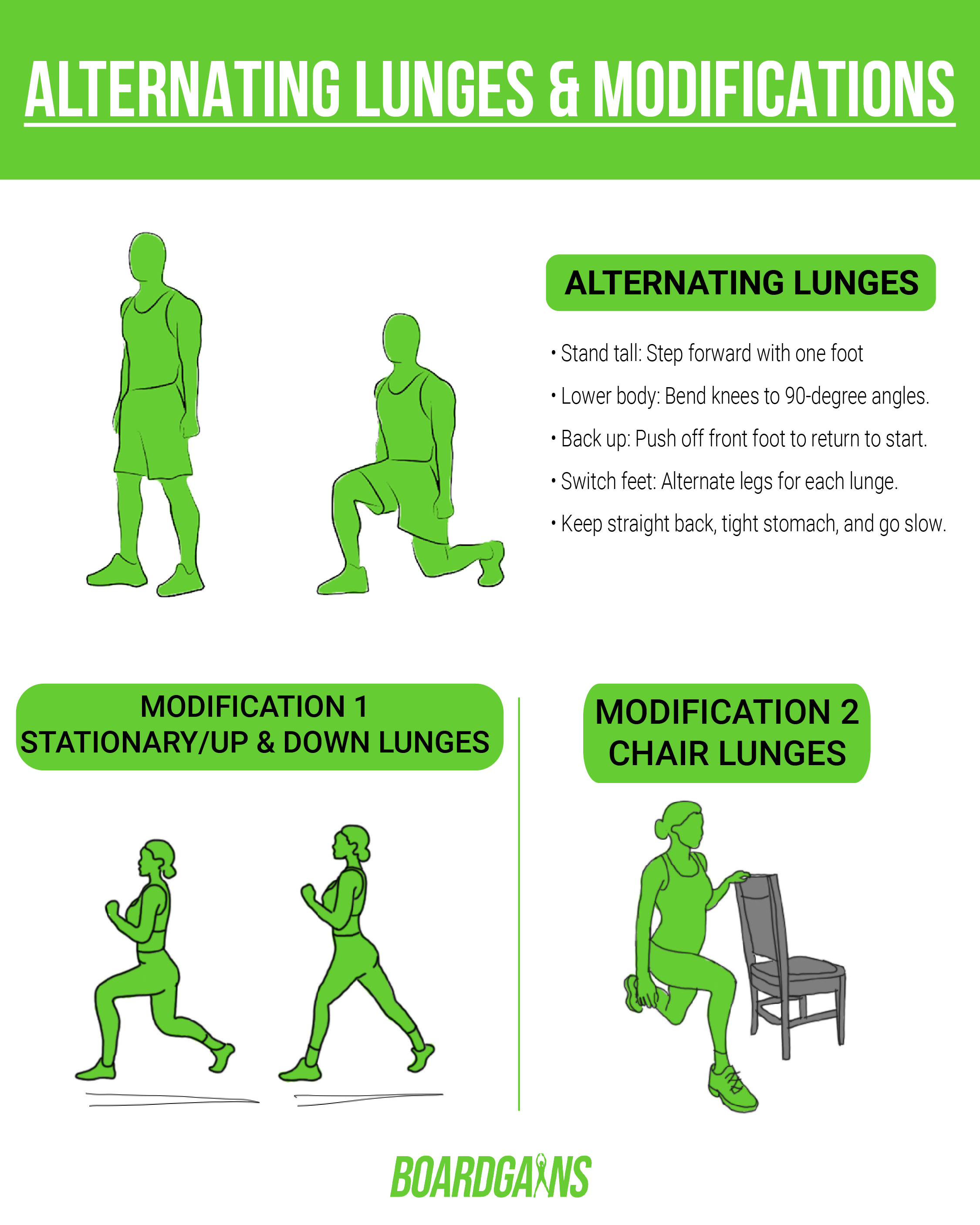
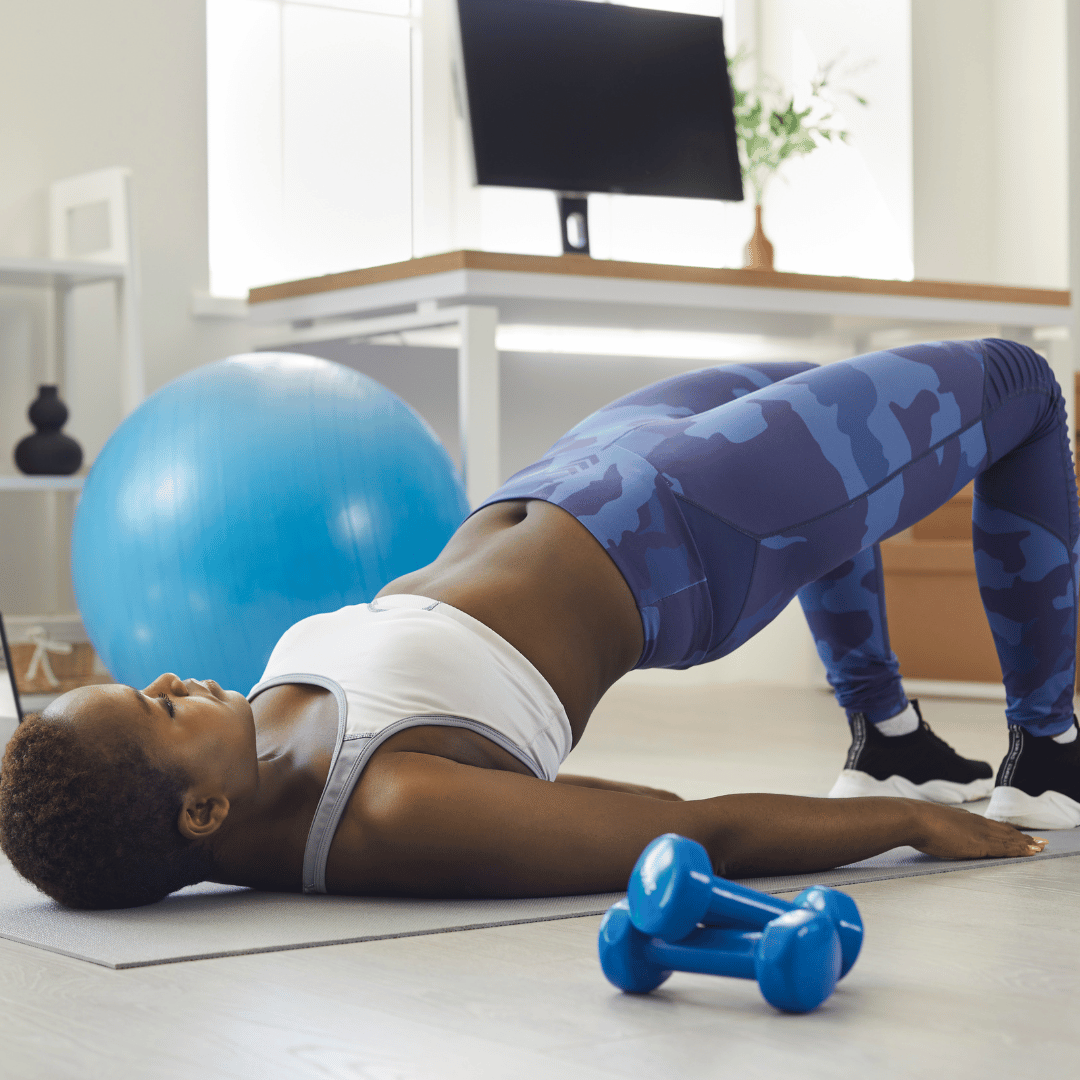
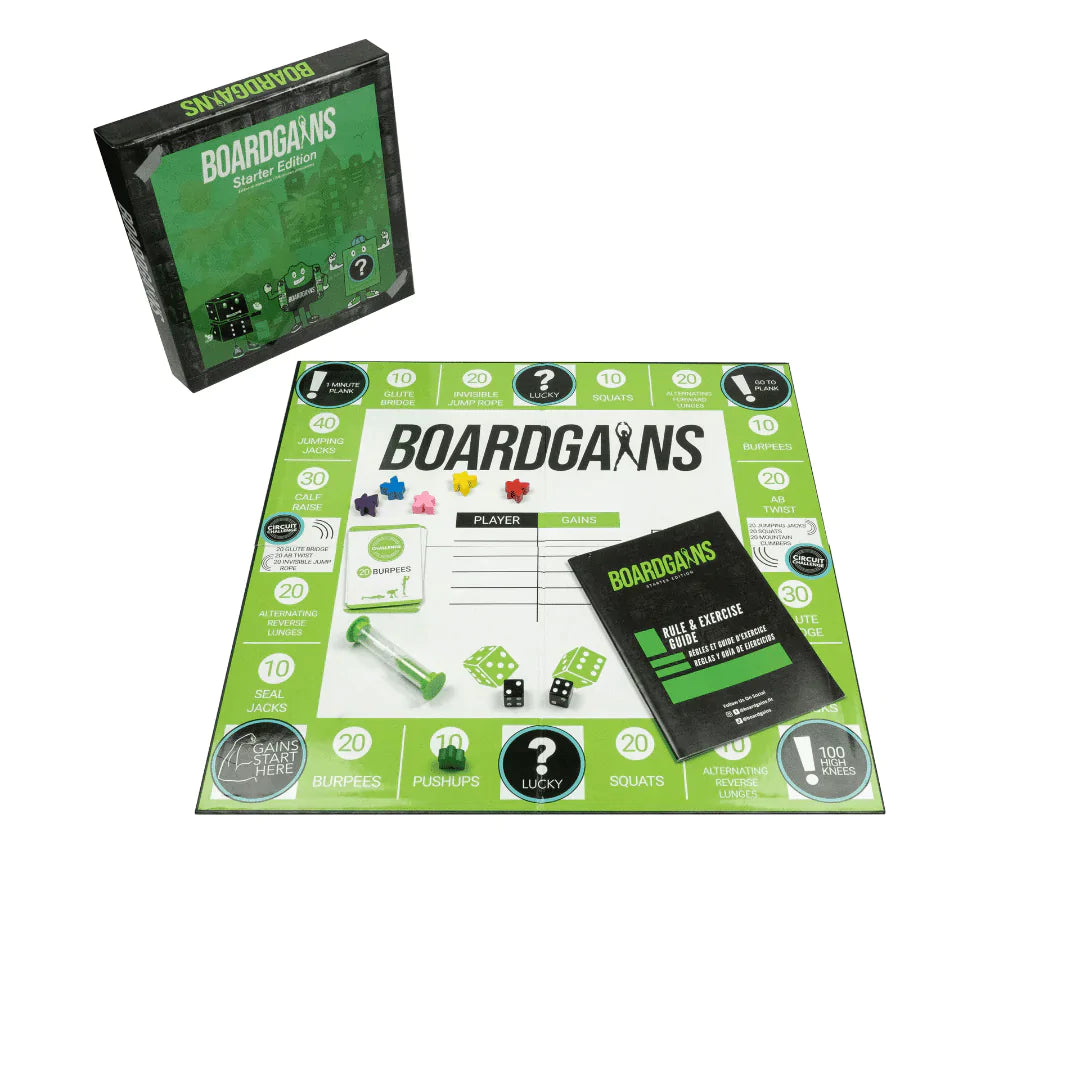
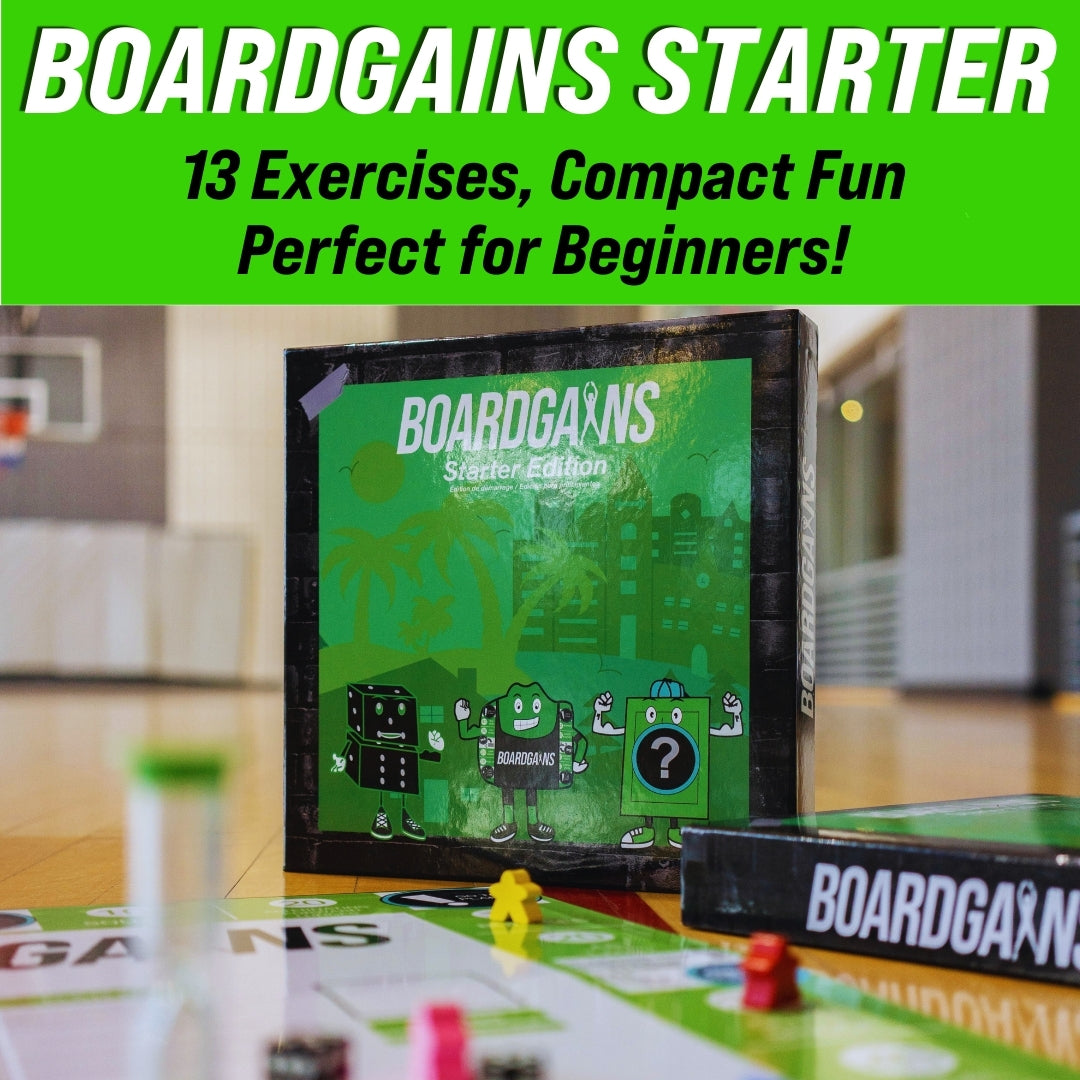

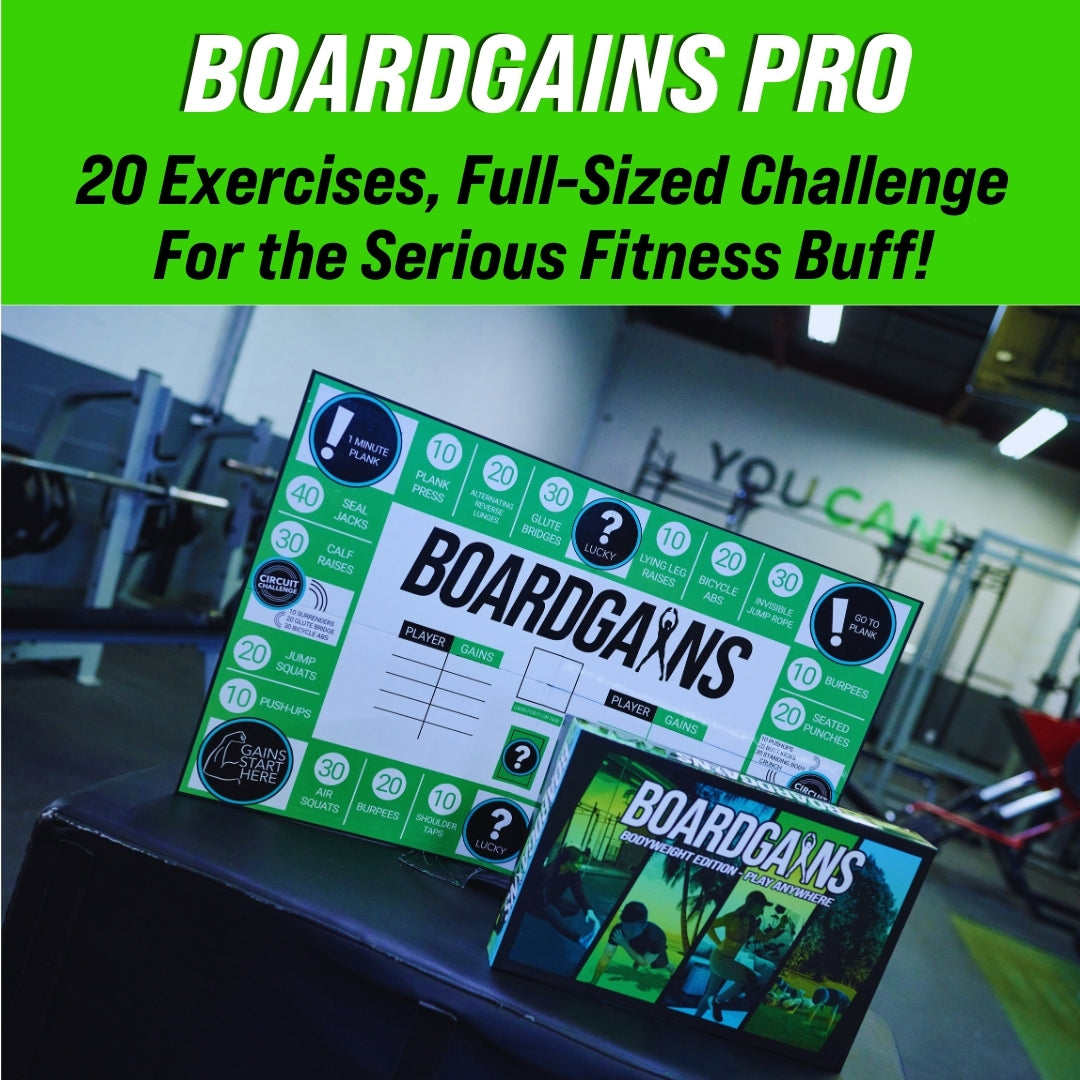


1 comment
jayshrifitness
Thank You! Your post was extremely insightful!
https://tinyurl.com/4jt3mhjn
Leave a comment
This site is protected by hCaptcha and the hCaptcha Privacy Policy and Terms of Service apply.